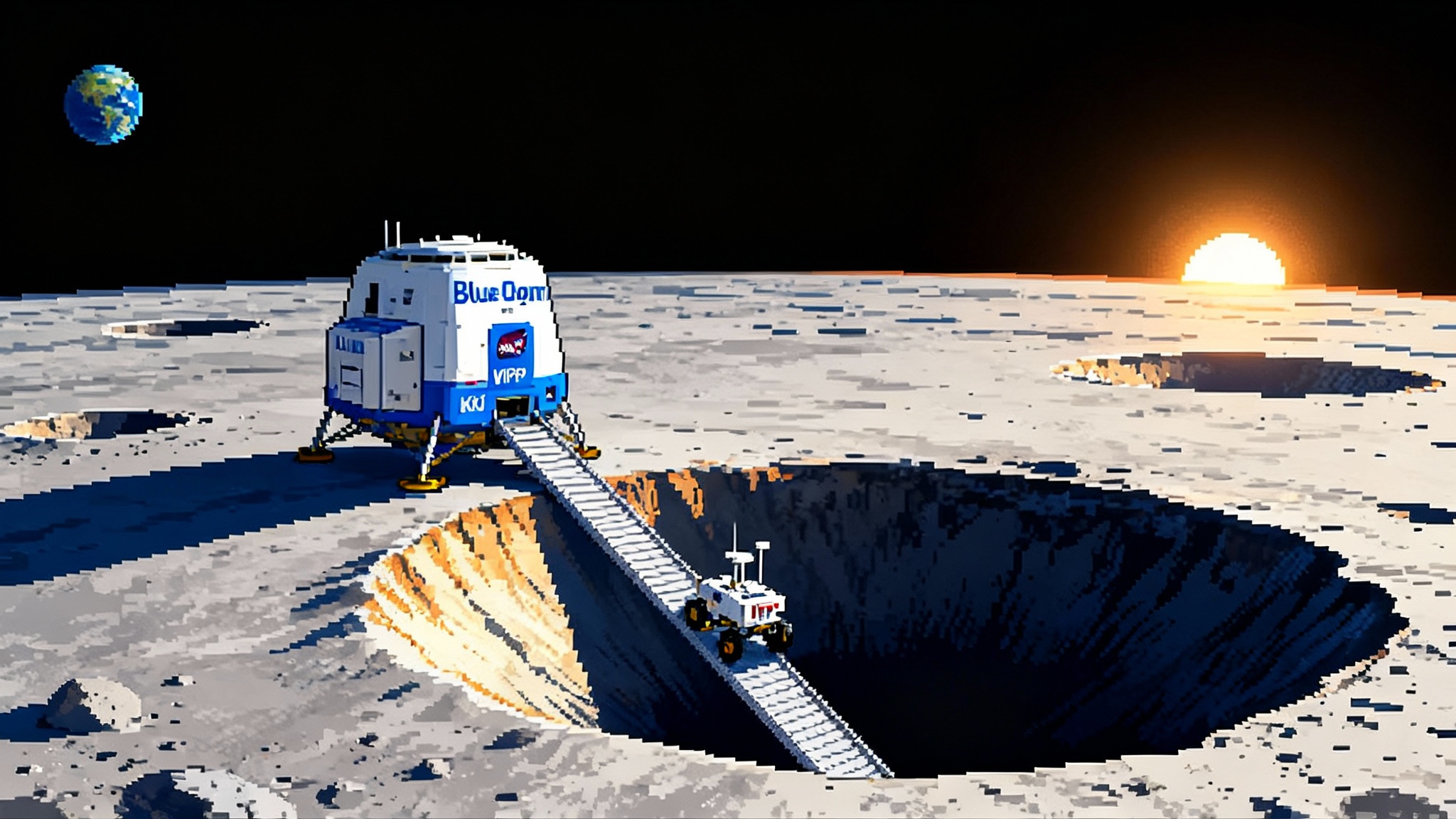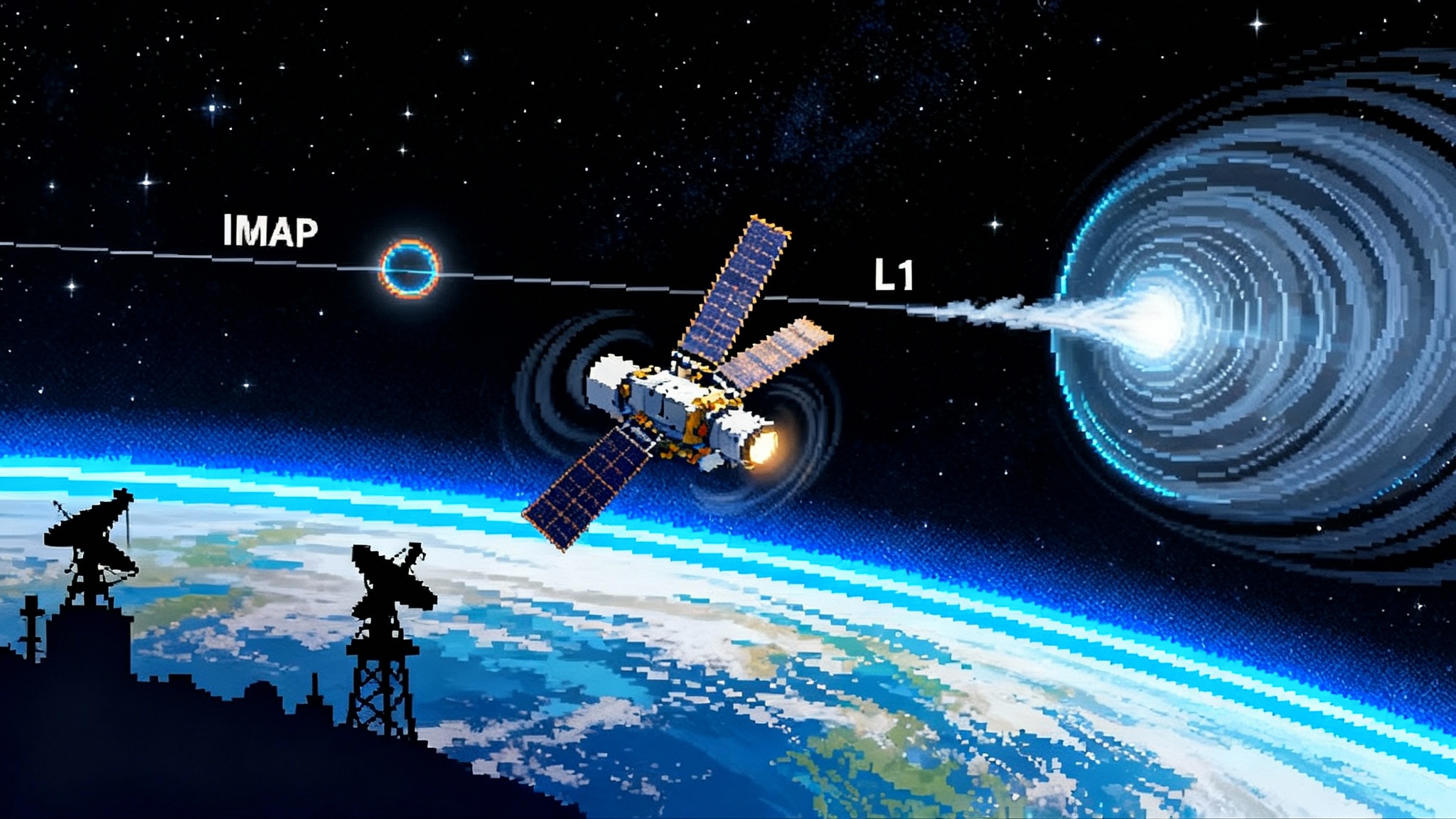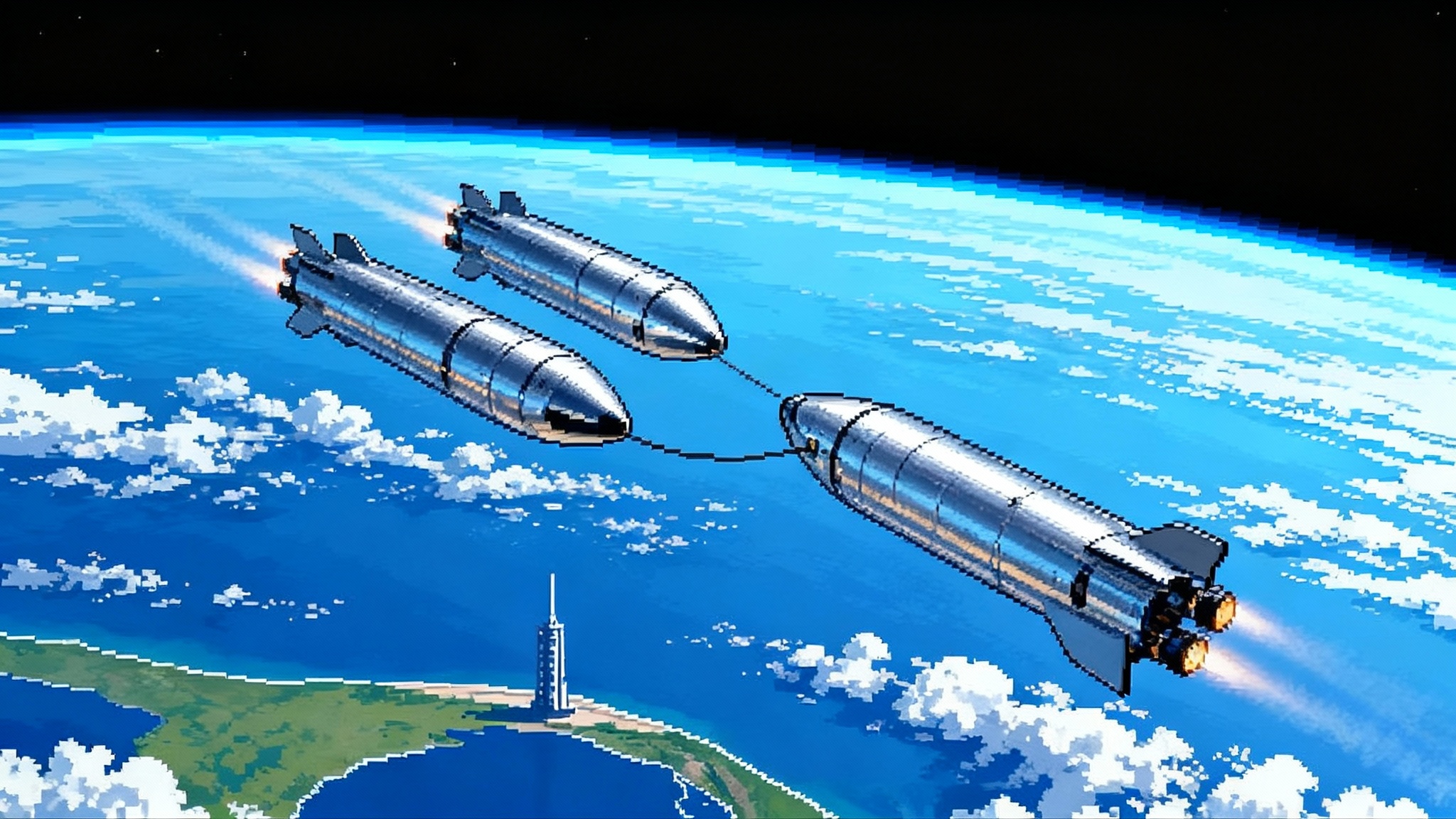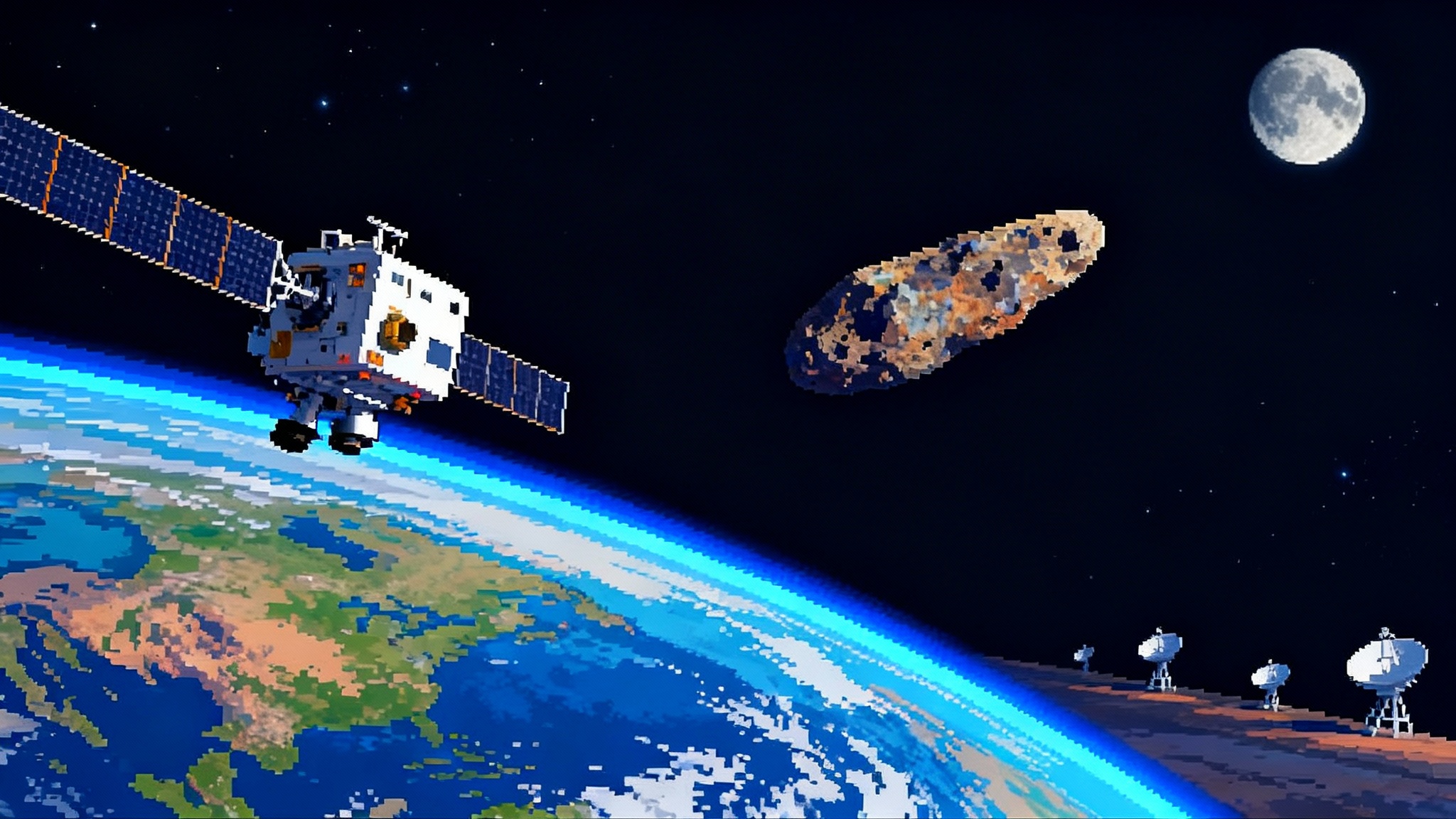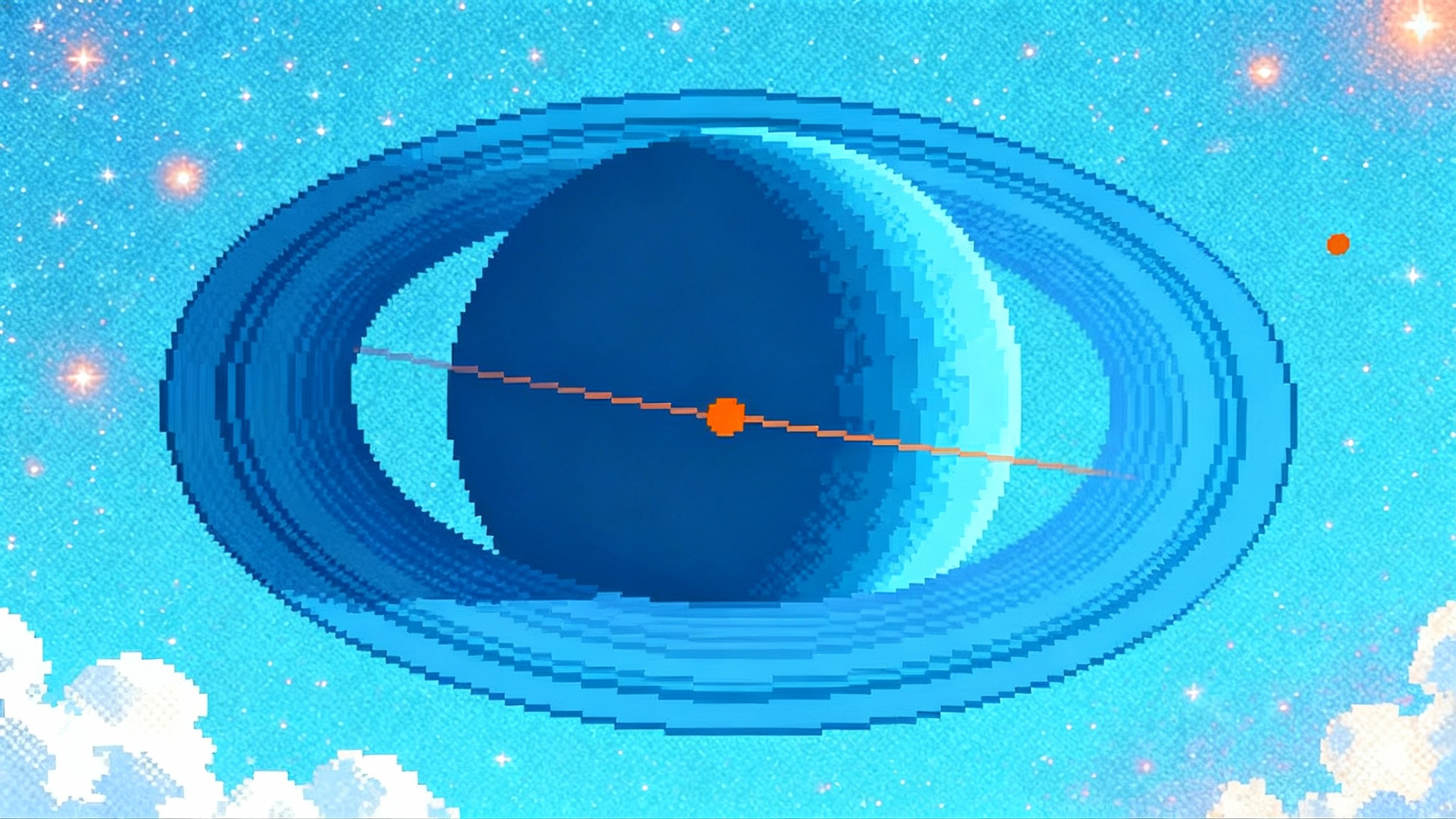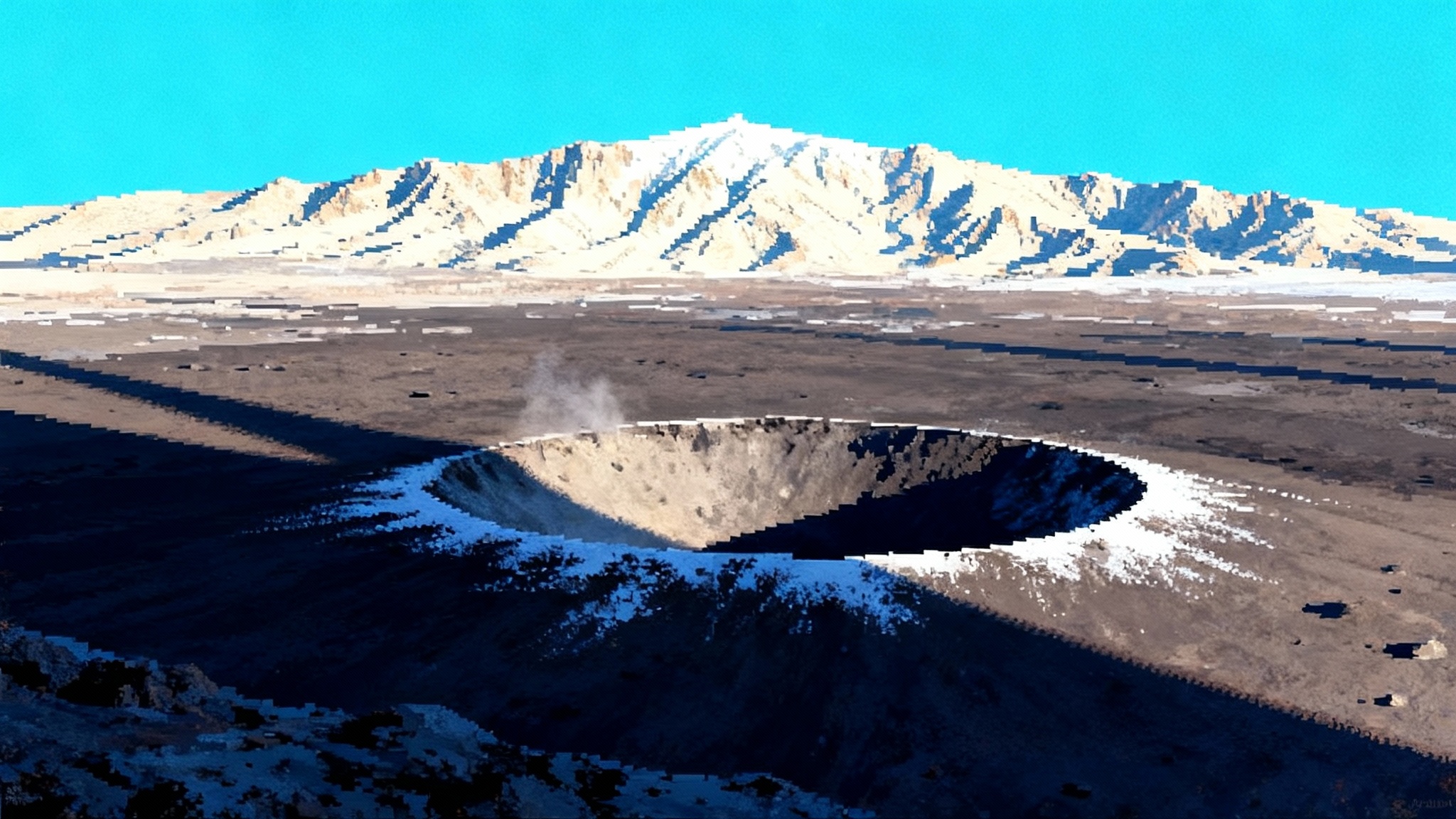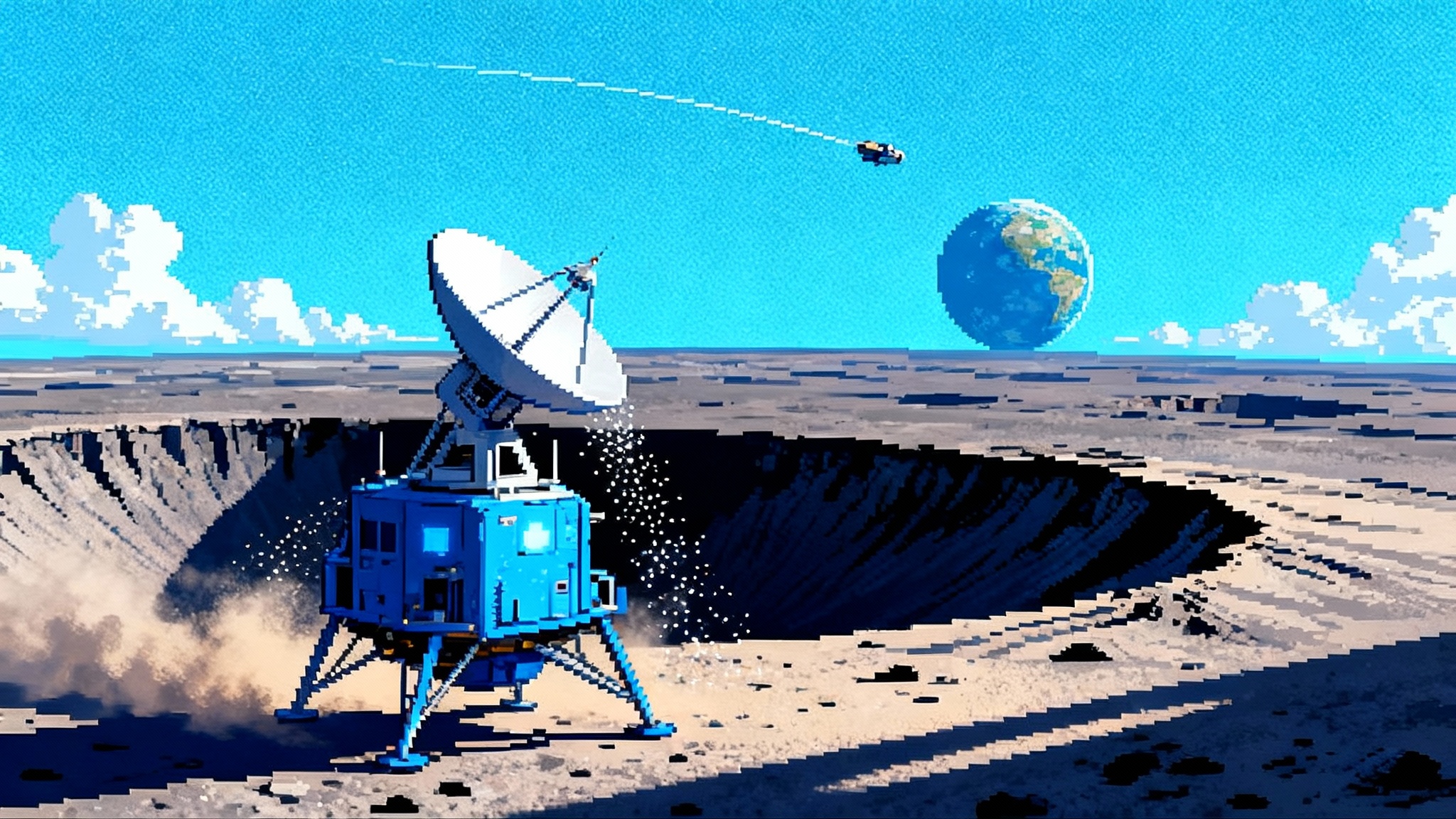Tianwen‑2’s Kamoʻoalewa Gambit: A Quasi‑Moon Sample Return
China’s Tianwen-2 launched in May 2025 to sample Kamoʻoalewa, a tiny quasi-moon that may be lunar ejecta. The probe aims to rendezvous in 2026, return samples in 2027, and then slingshot onward to study active asteroid 311P. Here is why that changes the game.
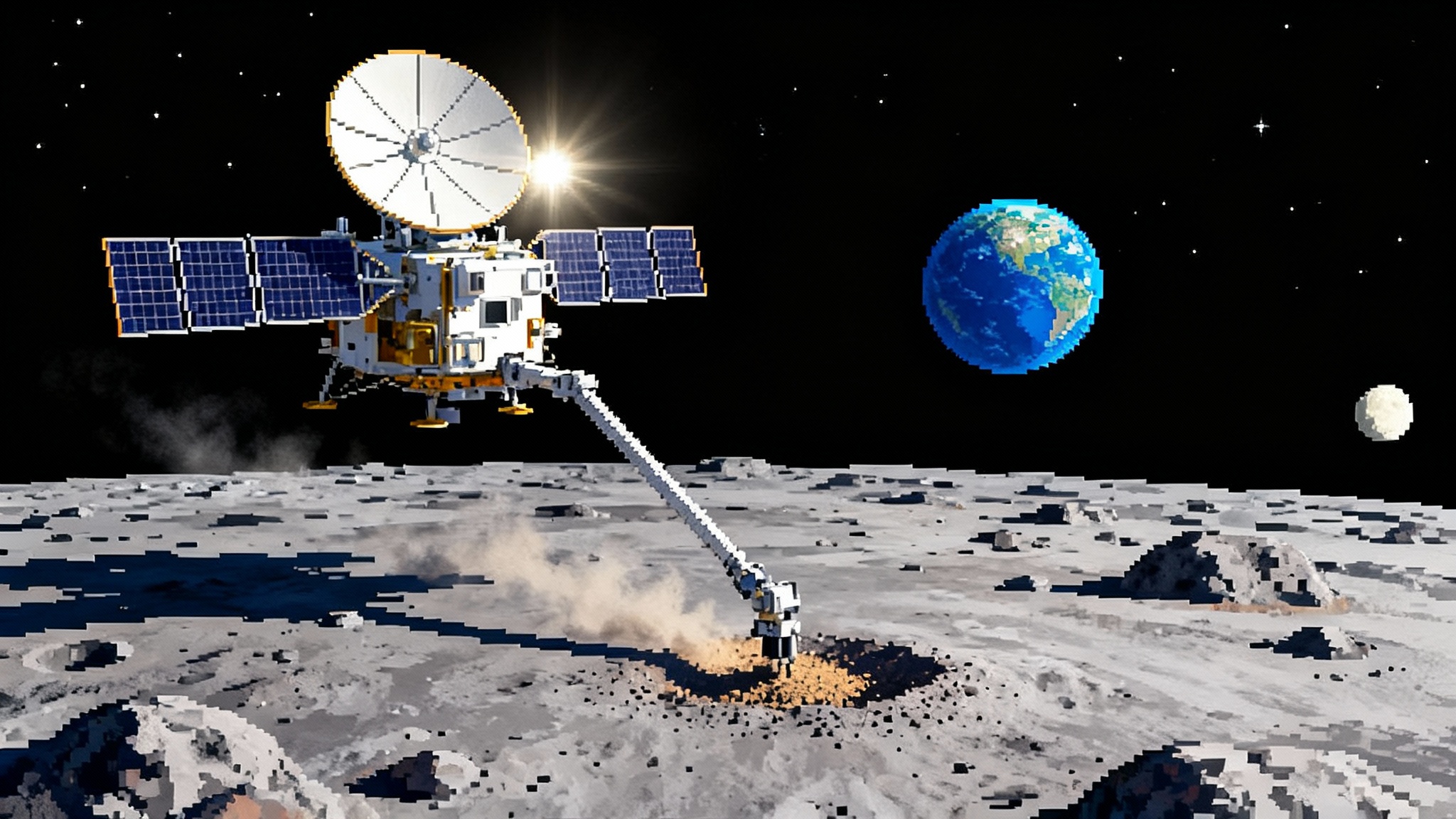
Breaking: A launch built for speed, a target built for surprise
At 17:31 Coordinated Universal Time on May 28, 2025, China lit the fuse on a different kind of deep space mission. Tianwen-2 rose from Xichang on a Long March 3B, a compact interplanetary craft aiming to do three things fast. First, intercept Earth’s tiny quasi-moon Kamoʻoalewa in 2026. Second, scoop up a sample and drop it home in 2027. Third, pivot and keep going for years to reach an active asteroid called 311P. The cadence is deliberate. Fewer years between launch and laboratory analysis means science can react while the spacecraft is still exploring. The China National Space Administration later reported the probe healthy in deep space as the first images came down, and CNSA’s updates confirmed the May 29 Beijing Time liftoff and early operations, including a formal CNSA launch confirmation.
If the mission hits its marks, it will deliver the first material ever returned from an Earth co-orbital companion. That is a mouthful. The short version is simpler and stranger. Kamoʻoalewa is not a second moon in the classic sense. It is a small rock, roughly the size of a school gymnasium, that loops around the Sun in step with Earth and appears to corkscrew around us when viewed from the right frame. It is near, faint, and dynamic enough to test everything we think we know about small body sampling and guidance.
What is a quasi-moon and why it matters
Picture jogging beside a slow river. A leaf drifting at your pace seems to hover at your shoulder even though it is moving with the current. A quasi-moon is the cosmic version of that leaf. It orbits the Sun, not Earth, but it shares Earth’s year and dances in our neighborhood in a looping path. In a rotating frame, it looks like it circles Earth in long, lopsided loops. Unlike our true Moon it is not held by Earth’s gravity as a permanent satellite. It is a co-orbital traveler that sticks around for centuries, then departs.
Kamoʻoalewa, discovered in 2016 by Pan-STARRS atop Haleakalā in Hawaiʻi, is the most accessible of these companions. It is small, likely 40 to 100 meters across, and it spins alarmingly fast. That rotation hints at a loose interior and surface grains that have been sun-baked, reworked, and perhaps weakly glued by electrostatic forces. For mission designers, that mix is the worst and best of all worlds. Worst, because a fast spinner offers little gravity to land on and can toss grains into space at the lightest touch. Best, because it is exactly the kind of object we need to understand to keep Earth safe from future impact threats and to learn how rocky bodies evolve.
The lunar-ejecta clue that could rewrite a formation story
There is a reason planetary scientists argued for a Kamoʻoalewa sample before any other co-orbital world. In 2021, a team using the Large Binocular Telescope and the Lowell Discovery Telescope reported that Kamoʻoalewa’s reflected light looks more like lunar silicates than typical near-Earth asteroid material. Their measurements point to a surface altered by space weathering and a composition that matches Apollo-era Moon rocks better than common asteroid minerals. Read their study on the lunar-like silicate spectrum.
If Tianwen-2 returns grains that tie chemically and isotopically to known lunar material, it would open a fresh chapter in our Earth-Moon origin story. We would have proof that impacts on the Moon can launch fragments that not only escape but loiter near Earth’s orbit for long periods. Two big implications follow:
- A new exposure laboratory. We gain a direct sample of lunar debris that has lived in space for a long time away from the Moon. Apollo samples were underground or in local lunar environments. Kamoʻoalewa grains would record a different environment that helps calibrate how lunar rocks age in free space.
- Sharper ejecta physics. Models of the giant impact that formed the Moon predict a spectrum of ejecta speeds and angles over time. If Kamoʻoalewa is lunar, its age, chemistry, and microstructure constrain those models and test whether past impacts pumped significant material into Earth-like orbits.
There is also a humbler possibility. Kamoʻoalewa could be a battered ordinary rocky asteroid that just happens to mimic lunar spectra after extreme space weathering. A returned sample is how we tell signal from mirage.
How Tianwen-2 plans to grab a spinning pebble
Sampling a small, fast rotator is like trying to pinch a spinning top while riding a bicycle. The team behind Tianwen-2, led by the China National Space Administration with spacecraft built by the China Academy of Space Technology and launch services by the China Aerospace Science and Technology Corporation, hedged their bets with multiple techniques. The probe carries instruments for navigation, mapping, and compositional scouting. Once at Kamoʻoalewa, it will attempt one or more of three approaches to collect at least tens of grams of material:
- Touch-and-go. This brief kiss with the surface stirs and captures regolith before the craft backs away. The approach was used successfully by Japan’s Hayabusa2 at Ryugu and by NASA’s OSIRIS-REx at Bennu. Tianwen-2 adapts it for a smaller, faster target.
- Hover sampling. The spacecraft hovers just above the surface, reaching down with a sampling arm. This reduces the risk of tipping on uncertain terrain.
- Anchor-and-attach. The most ambitious option briefly pins the craft to the surface and uses drills to bite deeper. If Kamoʻoalewa’s surface allows it, this could retrieve more cohesive material and reveal how grains are held together.
Three methods are not redundancy for its own sake. Small bodies differ wildly. Touch-and-go can yield fluffy material. Anchoring can fail if the surface is crumbly or if rotation yanks the craft. Hover sampling trades quantity for stability. Having a portfolio of options is a design lesson for all small-body missions going forward.
The mission timeline is tight by design. A summer 2026 rendezvous gives months for mapping and rehearsal. Departure is slated for 2027, with the sample capsule streaking into Earth’s atmosphere in late 2027. Because Kamoʻoalewa orbits near us, transit times are short. That is why this is a proof-of-speed experiment. For comparison, OSIRIS-REx launched in 2016 and delivered Bennu grains in 2023; see how that same spacecraft will pivot to a close encounter in the Apophis 2029 OSIRIS-APEX drill.
Why this matters for planetary defense
Most small near-Earth objects are not solid boulders. Many are rubble piles held together by weak gravity and small amounts of cohesion. Sunlight can spin them up over time, a process called the Yarkovsky–O’Keefe–Radzievskii–Paddack effect that acts like a tiny motor. When spin outruns strength, material slides off or the body reshapes. The main-belt object 311P showed this in 2013 when the Hubble Space Telescope revealed multiple dust tails forming over months, behavior consistent with material shedding from a spinning, weakly bound body.
Direct sampling at Kamoʻoalewa can pin down how such rubble piles are put together at the human scale. That makes a difference when planning how to nudge a future threat. A kinetic impactor that hits a monolithic rock transfers momentum efficiently. The same strike on a loosely bound, fast spinner might spray debris, spin it faster, or fragment it. We need to know which. Tianwen-2’s sampling data will give engineers three concrete inputs:
- Grain size distribution and density at the surface. This affects how an impactor couples momentum and how ejecta evolve.
- Near-surface cohesion and strength. Drill torque, anchoring behavior, and plume dynamics during sampling can be translated into numbers used in hazard models.
- Rotation and internal structure clues. Changes in spin during proximity operations, plus seismology if any impactors are used, reveal whether the object behaves as a solid body or a rubble pile.
The result is not an abstract upgrade. It feeds directly into next-generation deflection playbooks for fast rotators. Agencies that model impact scenarios can add realistic ranges for cohesion and failure modes rather than guessing. Commercial firms that design kinetic impactors or gravity tractors can better size spacecraft and assess how many sorties are needed to achieve a measurable deflection.
The 311P leg: one launch, two breakthroughs
After the sample capsule peels away toward Earth in late 2027, the main spacecraft uses our planet as a gravitational springboard. The destination is 311P, an active asteroid with comet-like tails that likely result from spin-driven shedding. If Kamoʻoalewa teaches us what it takes to touch a fast spinner, 311P teaches us how such bodies change over years. Tianwen-2 can watch the source physics in action. How does sunlight push a rubble pile to the brink. How do grains flow and how often. Where does mass loss begin, and does it migrate as the shape evolves.
This will also test a strategy that space programs talk about more than they execute. Doing more science per launch lowers cost and risk. It means your flight system earns you two classes of results. Laboratory analysis of returned grains arrives early, which drives new questions while the mothership is still en route to its second target. The same ground team, flight software, and operations discipline carry over with small adjustments. The experience curve is not reset to zero after the sample return. It bends upward.
A reset button for how we study the Moon
If Kamoʻoalewa is lunar ejecta, the sample will be the first time we hold a Moon rock that has lived beyond the Moon’s environment for eons. That is more than a curiosity. It is a missing control in lunar science. Here is what scientists can do with it:
- Cross-compare isotopes and trace elements with Apollo and Chang’e collections to test how space exposure alters readings. That reduces systematic error in age dating and thermal histories.
- Use cosmic-ray exposure ages to backtrack when the fragment left the Moon. If it ties to known impact basins, that pins a specific period in the Moon’s bombardment timeline.
- Analyze surface texture and glass coatings to build a clock of micro-impacts and solar wind sputtering. For broader context on the space environment shaping these effects, see the IMAP heliosphere weather map.
A lunar-origin result would also widen the search for additional co-orbital fragments. If the Earth-Moon system naturally produces a slow conveyor belt of lunar chips, a network of small telescopes could map that stream and pick high-value targets for future visits. Imagine a catalog that labels objects not just by orbit, but by likely provenance, exposure age, and accessibility windows. That is where sample-driven science and mission design meet. As new surveys come online, the Rubin 2026 discovery wave will help reveal faint, fast movers near Earth.
The engineering that makes a sprint possible
The trick to a fast mission is careful choreography more than raw propulsion. Tianwen-2 squeezes multiple burns, midcourse corrections, and rehearsals into a calendar that leaves little idle time. Circular flexible solar arrays keep power margins healthy far from the Sun. Autonomous navigation and Lidar or stereo cameras enable close-in flight around a tiny gravitational field. The sampling suite is designed for quick swap between modes if the first choice proves risky. Every design choice points to one aim. Do the minimum necessary to capture a representative sample, prove the dynamics around a small fast body, and move on.
That is not corner cutting. It is a choice to privilege time to science. The faster the grains arrive in laboratories, the sooner we learn whether Kamoʻoalewa is lunar. The sooner that verdict lands, the more it can shape the extended mission to 311P and the more it can influence other agencies’ small-body plans.
Concrete takeaways for programs and companies
- Treat co-orbitals as strategic assets. Near-Earth co-orbitals offer short transit times and unique science. Agencies should fund sky surveys to expand the list and prioritize follow-up spectroscopy. Builders can tailor small, high dynamic range instruments for faint targets.
- Design sampling portfolios, not single techniques. Mission teams should budget mass and complexity for at least two sampling modes. The switch cost is outweighed by the probability that one mode will underperform on an unknown surface.
- Instrument for cohesion. Add low-mass sensors that quantify drill torque, anchoring force, and cloud particle speeds. These numbers flow straight into planetary defense models.
- Aim for one-bus, two-target architectures. A flight system that can drop a return capsule and keep cruising magnifies the science per dollar. The same bus can ride multiple resonant assists and return data for a decade.
What to watch between now and the capsule’s return
- July 2026 approach imaging. Shape modeling will tell us the rotation state and whether Kamoʻoalewa has boulders or smooth ponds. That drives which sampling mode goes first.
- First rehearsal passes. Watch for how long the team holds a hover and how much plume activity they accept before backing off. That will hint at surface cohesion and grain sizes.
- Departure in 2027 and the return capsule’s flight profile. The corridor and landing precision will reveal how much margin the team preserved for the slingshot to 311P.
- Early lab results in 2028. The first mineral maps, isotope ratios, and exposure ages will either strengthen the lunar-origin case or push scientists to rethink the spectral clue.
The accelerationist blueprint, in practice
Acceleration in space science is not only about faster rockets. It is about stacking questions so that the answer to one immediately informs the next. Tianwen-2 is built to do that. Launch in May 2025. Rendezvous in 2026. Samples on Earth in 2027. Then a long cruise to a body that is shedding mass as we speak. This is not a sprint that ends at the tape. It is a relay where the baton is a working spacecraft and the second runner starts smarter because the first runner already delivered.
Two external links are enough to frame the stakes. An official account verified that the spacecraft is healthy after launch, and a peer-reviewed study laid out the strongest case for a lunar-like spectrum. Everything else in between is an engineering and operations story that will unfold in clear milestones over the next two years. If the grains that fall to Earth in late 2027 carry the Moon’s fingerprint, we will have learned something profound about our planet’s past. If they do not, we still win, because we will have tested how to land and sample from one of the trickiest classes of objects near Earth and then gone on to watch a rubble pile shed itself in real time.
The smart bet is that either outcome will change how we plan missions. Less waiting between launch and lab. More science per launch. Better numbers for planetary defense. The accelerant is not a chemical in a tank. It is a mindset that treats each leg of a mission as fuel for the next question.
